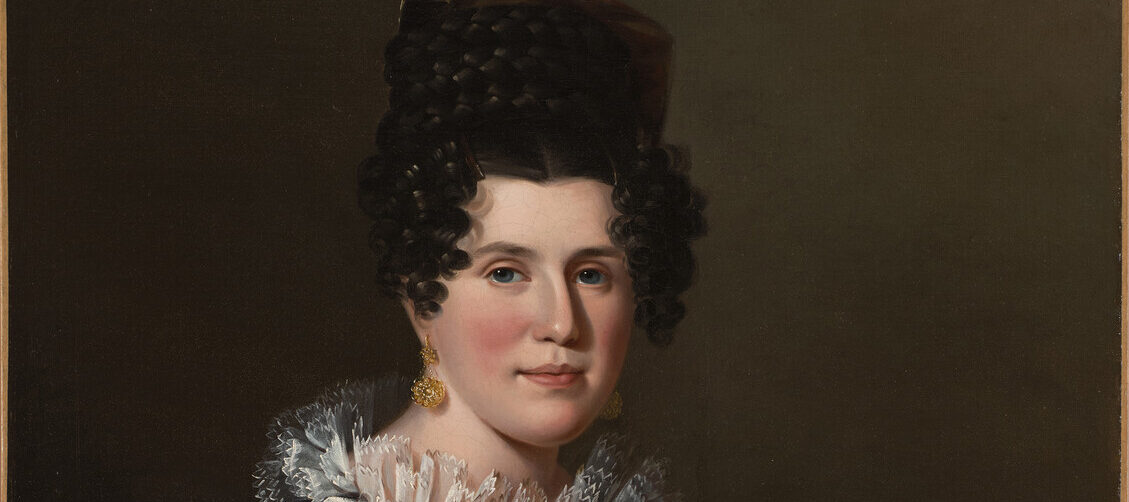What can you guess about a woman from her hair? Whether the ill-fated Ophelia’s disheveled tresses or Rapunzel’s ladder-long locks, hair is often a significant tool in characterization. In art, emphasis on a model’s hair has often been a vehicle for expressing fascination with wealth or sexuality. In particular, a lengthy, loose or wild hairstyle might be indicative of a woman with “loose morals.”
In both Anna Lea Merrit’s Eve and Kiki Smith’s Mary Magdalene, the artists showcase the long locks of their controversial subjects.

Anna Lea Merritt’s etching shows art’s favorite original sinner, Eve, in a moment of intense grief and shame. Cast aside is a bitten forbidden fruit, reminding the viewer of Eve’s transgression. With her face turned away, the viewer is left gazing at Eve’s long tresses trailing to the ground. Merritt’s work was greatly influenced by a group of Victorian artists, the Pre-Raphaelites, who became known for their renderings of mythological enchantresses and literary heroines—they often depicted these women with thick, crimped hair. Long, flowing hair became a symbol of female sensuality. Typically, the more voluminous a woman’s hair, the more seductive she seemed. This representation of Eve’s hair, with undulating waves, reinforces her perceived identity as a sinful temptress.

Considered a “fallen woman,” Mary Magdalene is another popular subject for artists. In Western art, Magdalene is portrayed as a repentant prostitute, traditionally depicted as a semi-naked hermit with long hair which she wears over her shoulders. Smith’s Magdalene is shackled, with her face turned upward toward the heavens. Her nude figure is enveloped by roughly textured hair. Magdalene’s wavy hair makes this work reminiscent of medieval characterizations of the Biblical woman as earthy and sensuous, unlike the ethereal representations of the Virgin Mary.
If unruly, disheveled hair was the sign of a volatile woman, then conversely, neatly combed hair in orderly plaits might signify a modest and virtuous lady.

In Sarah Miriam Peale’s portrait Susan Avery (which the artist created alongside a portrait of her husband, Isaac Avery), the wealth and stature of the subject are evident, not only in her clothes and jewelry, but also in her elaborately styled hair. Pulled and pinned in tight, stacked coils, Susan Avery’s coiffure exemplifies her standing as a prim and proper married lady, just as the reckless abandon of Eve and Mary Magdalene’s hairstyles are indicative of their tarnished reputations.
As you look at portraits in NMWA’s collection, what do you see that provides clues about the identity and social standing of each subject?
